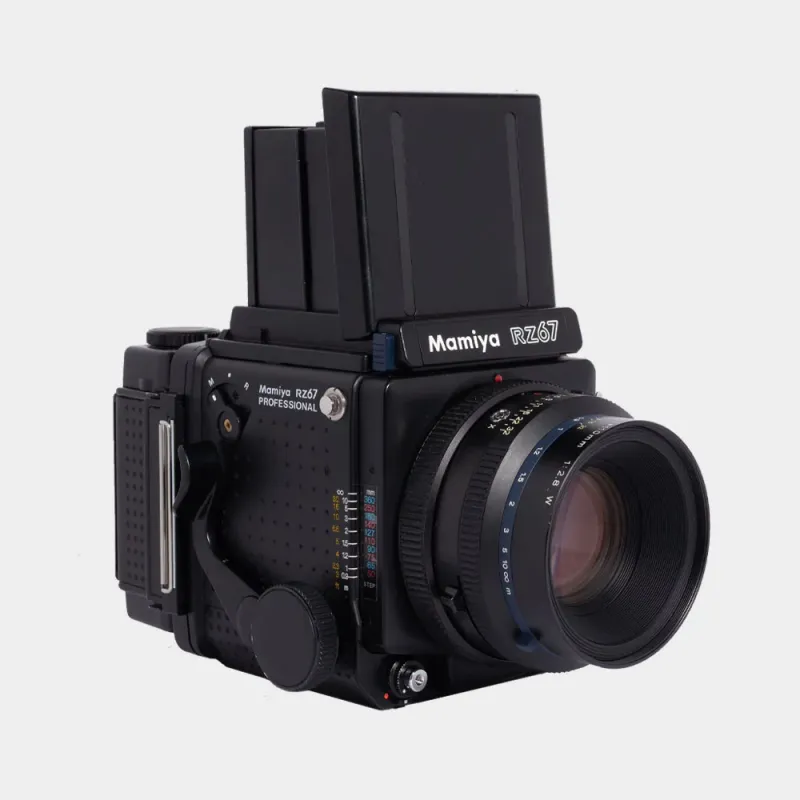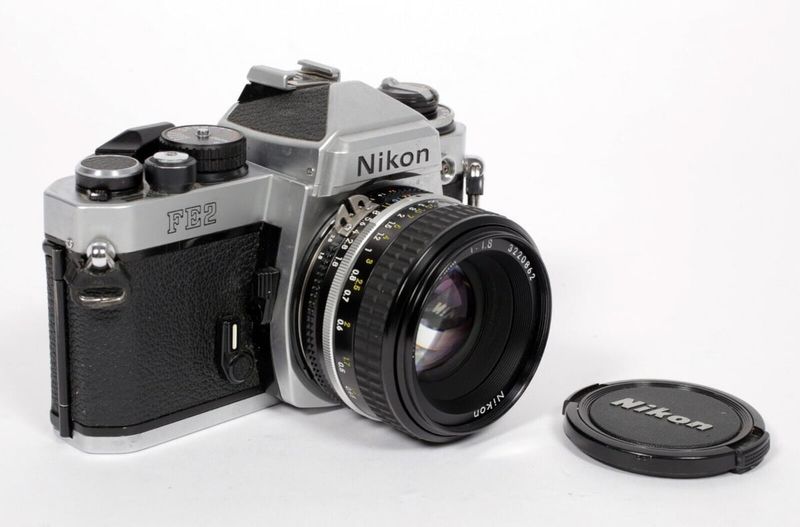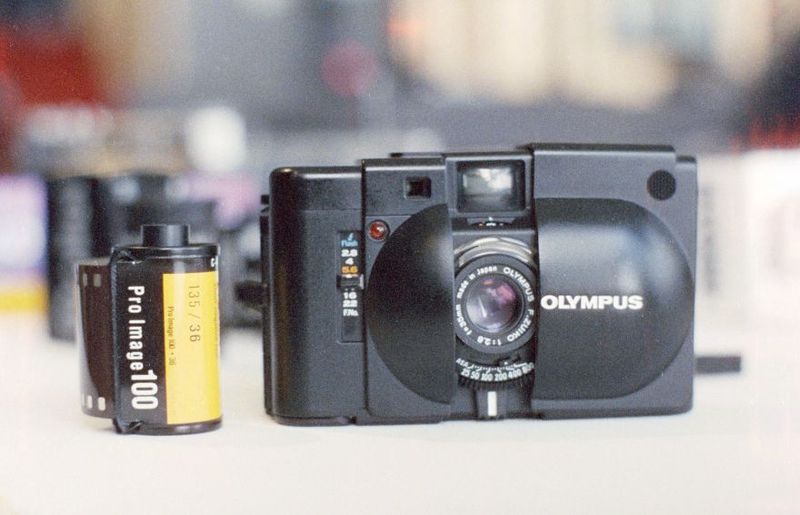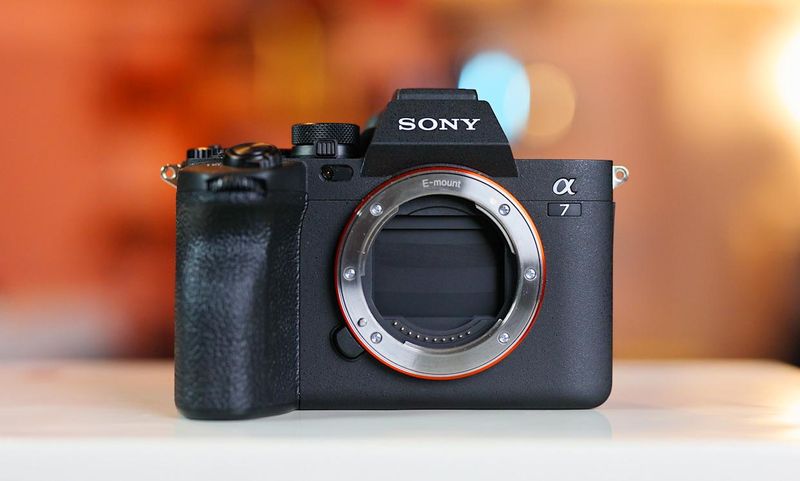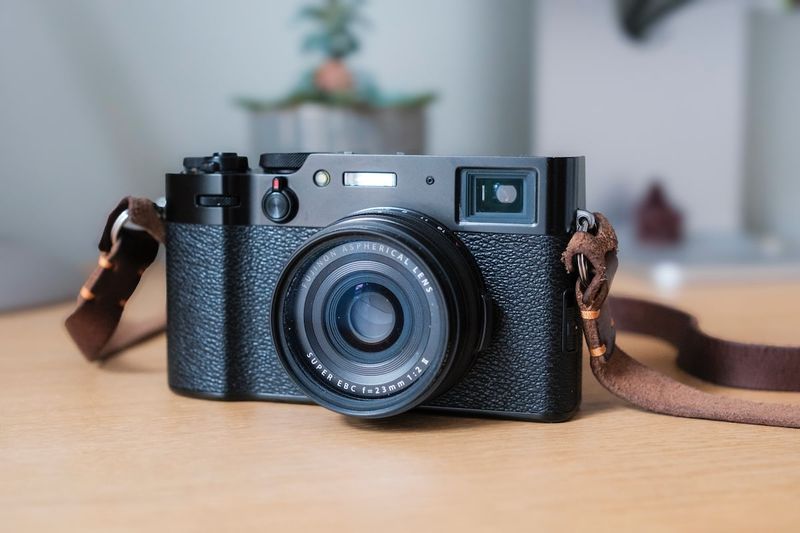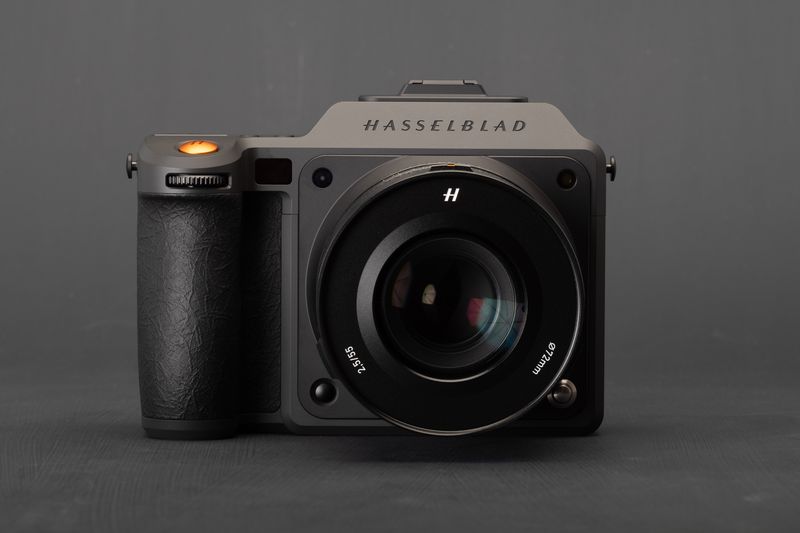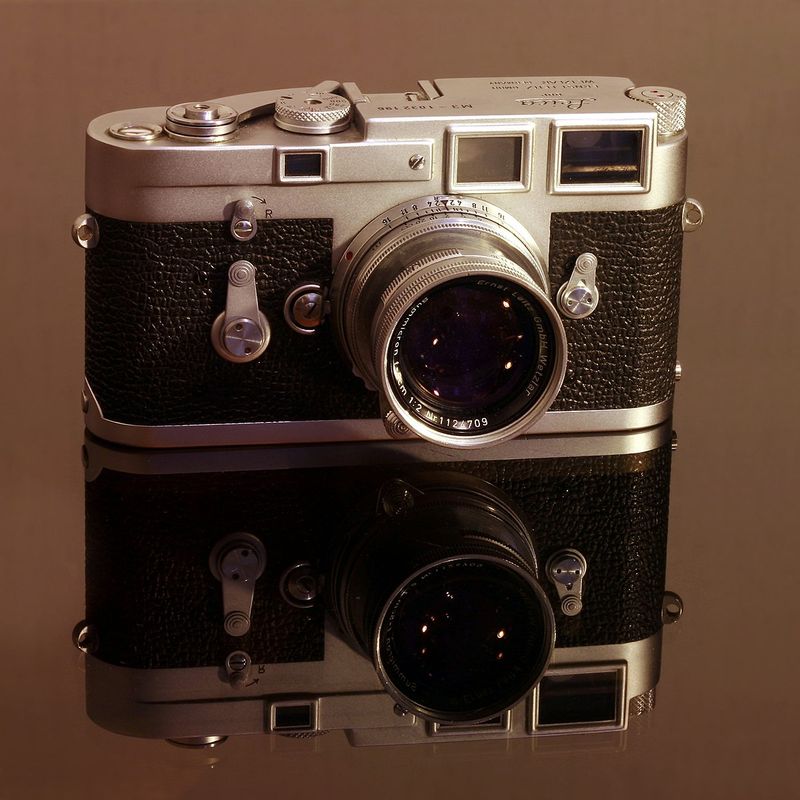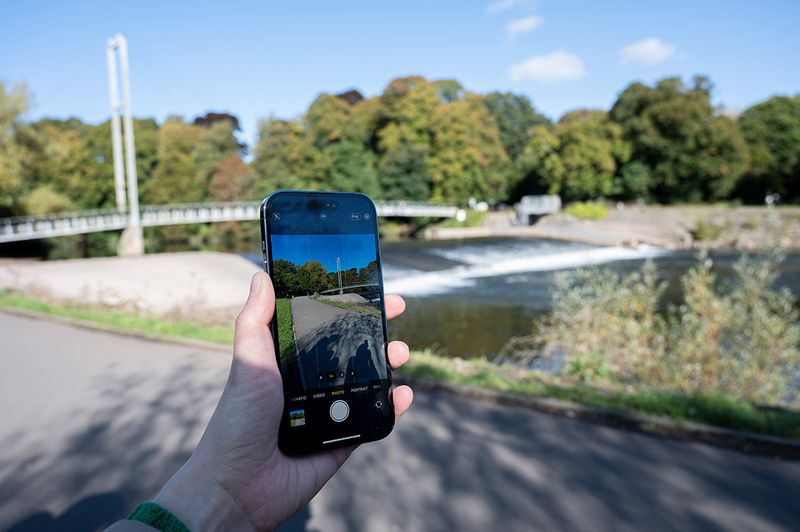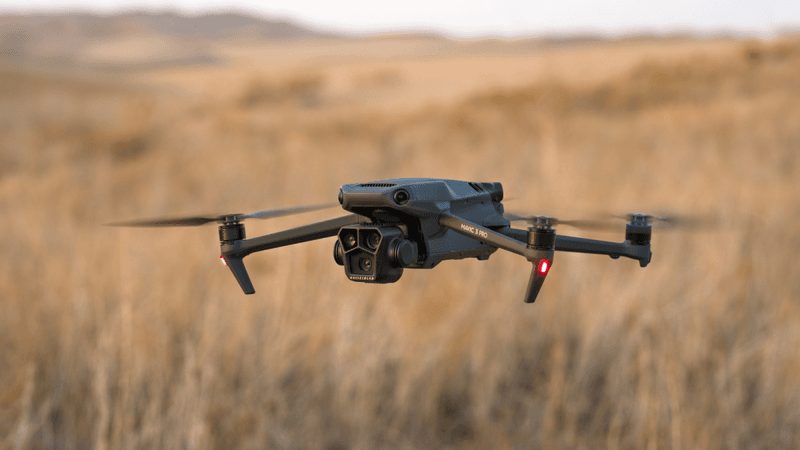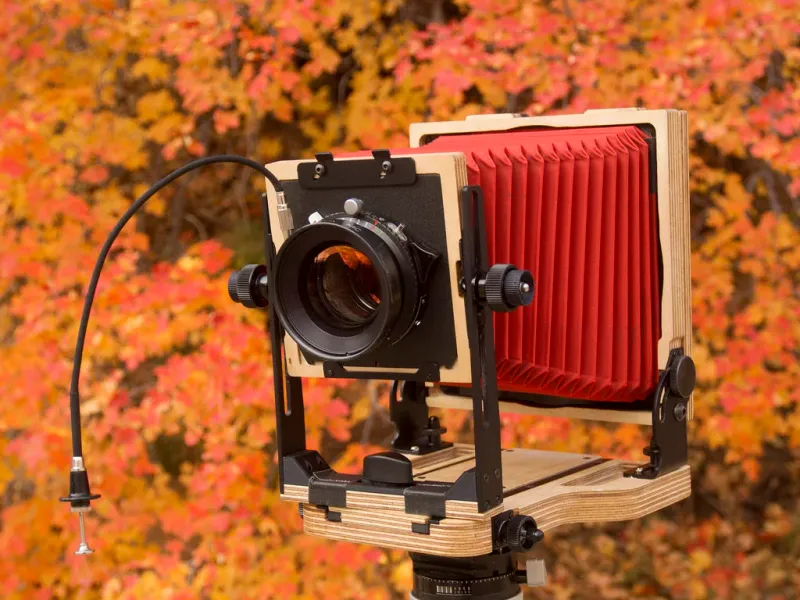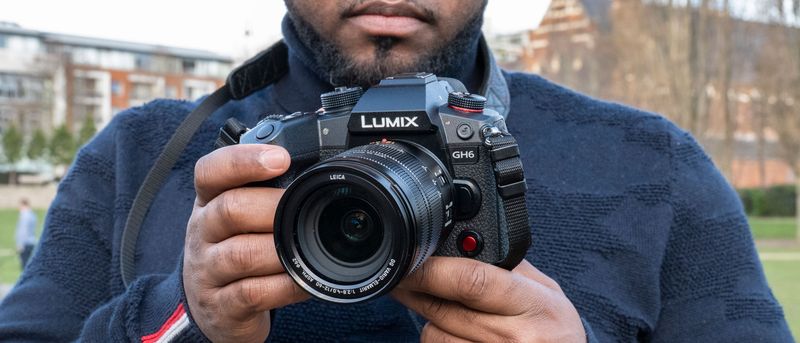Photography gear can shape how you see the world. Every camera teaches something different, whether it’s patience, precision, or pushing creative boundaries. Trying cameras outside your comfort zone will sharpen your skills and open your eyes to new possibilities.
1. A Medium-Format Film SLR
Shooting with medium-format film feels like stepping into another era where every frame demands respect. The larger negative size gives you incredible detail and tonal range that digital sensors often struggle to match. But more than technical quality, this format changes how you think about composition.
Each click of the shutter costs real money and careful thought. You advance the film slowly, deliberate about your next move. Lighting becomes critical, framing becomes intentional, and patience becomes your most valuable tool.
Stop chasing digital perfection and embrace the unpredictable beauty of film. Mistakes teach you faster than any tutorial ever could.
2. A Classic 35mm Film SLR
Before pixels and memory cards, photographers relied on mechanical precision and personal discipline. A classic 35mm film SLR like the Nikon F2 forces you to master manual settings without safety nets. Every exposure counts because film costs money and second chances disappear once the shutter clicks.
Working within constraints actually fuels creativity rather than limiting it. You learn to pre-visualize your shot, trust your instincts, and commit fully to the moment. There’s no chimping, no instant feedback, just pure photographic instinct.
Try pairing this camera with a single 50mm lens and limit yourself to just 24 frames for the day. Watch how quickly your decision-making sharpens.
3. A Fully Manual Compact Film Camera
Small, mechanical, and brutally honest, a fully manual compact film camera strips photography down to its bare essentials. Without autofocus or automatic exposure, you rely entirely on your understanding of light, timing, and gut instinct. These cameras fit in your pocket but demand full attention.
Visual discipline tightens when you can’t lean on technology to fix mistakes. You set your aperture and shutter speed based on experience and environmental reading. Then you shoot with confidence, trusting your choices completely.
Skip the habit of double-checking your settings endlessly. Set them once, commit to your vision, and press the shutter like you absolutely mean it.
4. A Modern Full-Frame Mirrorless Body
Technology has revolutionized what photographers can achieve with modern full-frame mirrorless systems. High-resolution sensors, incredible dynamic range, lightning-fast autofocus, and impressive low-light performance combine into one powerful package. Cameras like the Sony α7 IV represent the cutting edge of photographic capability.
These tools show you exactly what current technology enables when creativity meets innovation. You gain flexibility in post-processing, freedom in challenging lighting conditions, and confidence in fast-moving situations. Electronic viewfinders let you preview exposure in real time.
Use that extra resolution to your advantage by experimenting with aggressive cropping and exploring unconventional perspectives. Modern sensors forgive experimentation in ways film never could.
5. An APS-C / Crop-Sensor Mirrorless Camera
Not every photographer needs full-frame power to create stunning images. APS-C mirrorless cameras like the Fujifilm X-T5 offer a brilliant balance between capability, weight, and cost. These cameras prove that sensor size matters far less than vision and technique.
Lighter gear means you’ll actually carry your camera more often, which directly translates to more photographic opportunities. The crop factor gives telephoto reach without massive lenses. Image quality remains excellent for virtually any purpose from professional work to personal projects.
Perfect for everyday shooting, travel adventures, or as a capable backup body. Stop worrying about gear limitations and start focusing on making excellent photographs with what you have.
6. A Fixed-Lens Compact (Street/Travel Style)
Zoom lenses offer convenience, but fixed-lens compacts offer clarity of purpose. When you can’t zoom, you move your feet, change your angle, and think harder about composition. Street and travel photographers have long appreciated how a single focal length focuses attention and simplifies decision-making.
These cameras force creative problem-solving rather than technical shortcuts. You learn your focal length intimately, pre-visualizing frames before raising the camera. Gear becomes invisible, and vision becomes everything.
Challenge yourself by setting one focal length and committing to it for an entire day. Watch how your spatial awareness improves and your compositions tighten. Limitations breed creativity.
7. A High-Resolution Medium Format Digital Camera
If you’ve spent your career shooting smaller formats, medium format digital feels like discovering color after years of black and white. Sensors exceeding 100 megapixels capture breathtaking detail and tonal gradation that redefine image quality. Every texture, every subtle color shift, every minute detail gets preserved with stunning fidelity.
This luxury format rewards careful technique and punishes sloppy habits. You’ll see exactly where your focus landed and notice every tiny camera shake. Dynamic range feels almost limitless, opening creative possibilities in challenging lighting.
Use a solid tripod for landscapes or still-life work to exploit the full potential of these remarkable sensors. Prepare to be amazed.
8. A Rugged / Adventure / Underwater Compatible Camera
Photography shouldn’t end where pavement ends. Rugged cameras built for weather, moisture, impacts, and adventures let you shoot in environments that would destroy conventional gear. The Olympus TG-6 exemplifies tough, travel-ready cameras that go anywhere you dare.
Weatherproof construction frees you from constant worry about rain, dust, sand, or accidental drops. Underwater capability opens entirely new photographic worlds beneath the surface. Adventure cameras encourage spontaneity and boldness.
Take yours on a challenging hike, kayaking trip, or snorkeling adventure. Shoot without fear, experiment without hesitation, and have genuine fun capturing moments you’d normally miss. Worry less, shoot more.
9. A Vintage Rangefinder or Classic Manual Camera
Older cameras lack modern conveniences, and that’s precisely their value. Manual focus, manual exposure, zero electronic assistance—vintage rangefinders demand full engagement with every photographic element. You slow down dramatically, think deliberately, and shoot with intention.
Triggering creativity through limitation has worked for generations of photographers. When technology can’t solve your problems, craft and vision must. These cameras teach patience, discipline, and the fundamental relationship between light, time, and film.
Shoot in favorable lighting conditions to reduce technical stress and maximize creative enjoyment. Treat this as a meditative exercise in pure photography, not a test of technical prowess.
10. A Smartphone or Point-and-Shoot as a Minimal Gear Experience
Sometimes the best camera is the one that disappears completely from your conscious thought. Using minimal gear like a smartphone or basic point-and-shoot strips away technical distraction and refreshes your creative eye. Vision matters infinitely more than equipment specifications.
Constraint often produces freedom rather than limitation. Without lens choices, without manual controls, without heavy bags, you focus purely on seeing interesting light, compelling compositions, and meaningful moments. Photography returns to its essence.
For one full day, carry only your smartphone or a simple compact camera. No tripod, no extra lenses, no accessories. Watch how liberated and attentive you become when gear stops being the focus.
11. A Drone or Aerial Camera (for the photographer who shoots ground level only)
Changing your vantage point literally transforms how you see familiar subjects. If you’ve spent years shooting from eye level, aerial perspective will revolutionize your compositional thinking. Drones and aerial cameras reveal patterns, geometries, and relationships invisible from the ground.
Altitude offers abstraction, turning recognizable scenes into graphic designs of line, shape, and color. Roads become ribbons, buildings become blocks, and landscapes become canvases. Your brain rewires to see photographically from entirely new angles.
Focus on discovering patterns, geometric relationships, and shapes you’d never normally notice. Let aerial perspective challenge every compositional habit you’ve developed shooting from the ground.
12. A Large Format or View Camera (if you’ve never used one)
Large format photography represents the deepest dive into photographic craft and control. These cameras demand patience, precision, technical knowledge, and physical effort. But they reward you with unmatched image quality and an intimate understanding of photographic fundamentals that smaller formats can’t teach.
Working under a dark cloth, composing on ground glass, adjusting movements for perspective control—every aspect forces deliberate engagement. You slow down to a meditative pace, considering every element before committing to exposure. Film costs and complexity make every frame precious.
Join a workshop or rent studio time rather than attempting this alone. Learning large format with guidance accelerates understanding and prevents expensive mistakes.
13. A Hybrid Photo/Video Camera (to explore motion and stills)
Modern storytelling increasingly blends still images with motion, and photographers who embrace both gain creative and professional advantages. Hybrid cameras handle photography and video with equal capability, letting you explore how movement, sound, and time add dimensions to visual storytelling.
Learning video thinking expands your photographic vision rather than replacing it. You consider sequences instead of single frames, anticipate action differently, and think about narrative flow. These skills circle back to strengthen your still photography.
Try shooting a series of still images of a subject, then capture short video clips of the same scene. Compare how your creative approach shifts between the two mediums and what each reveals uniquely.

